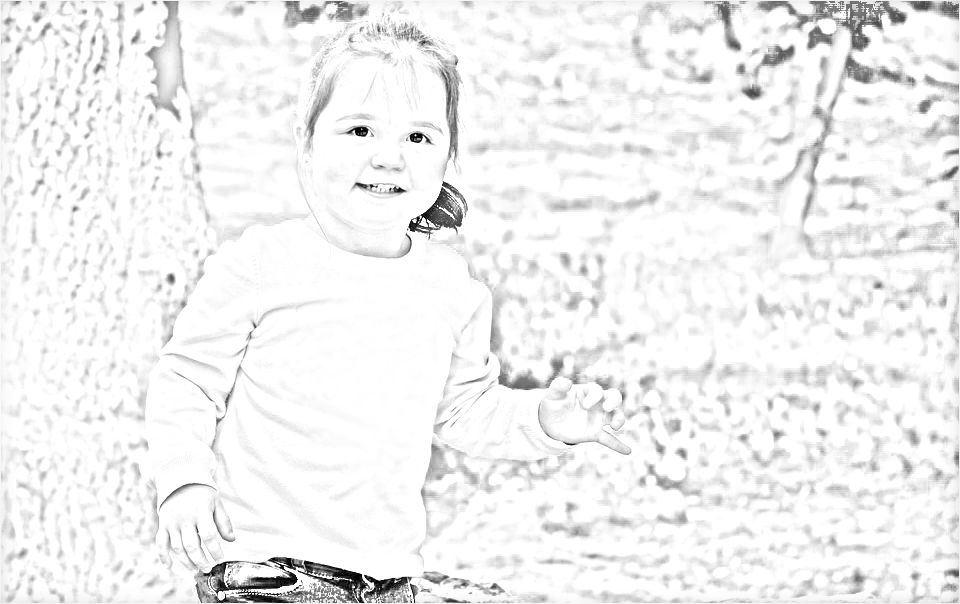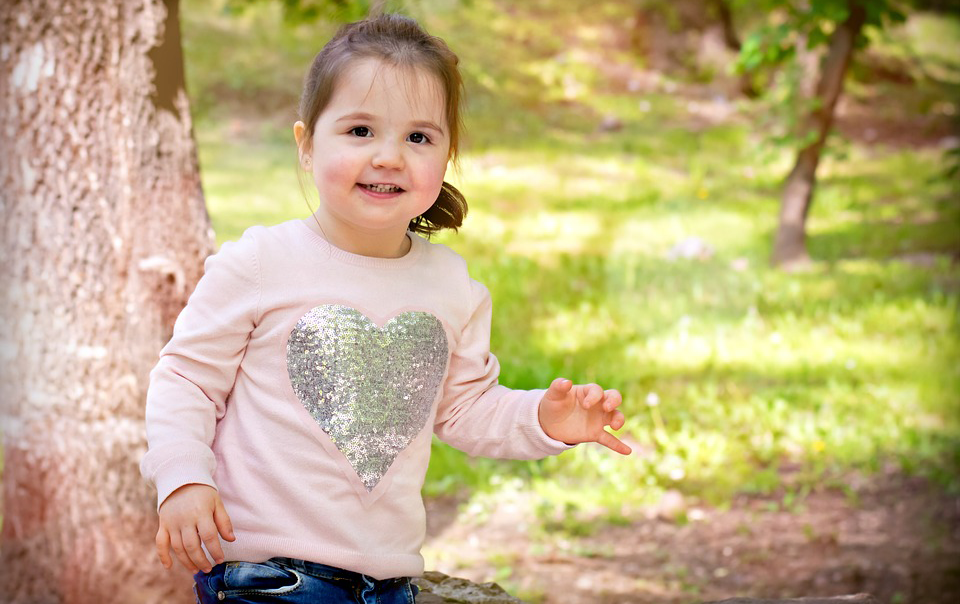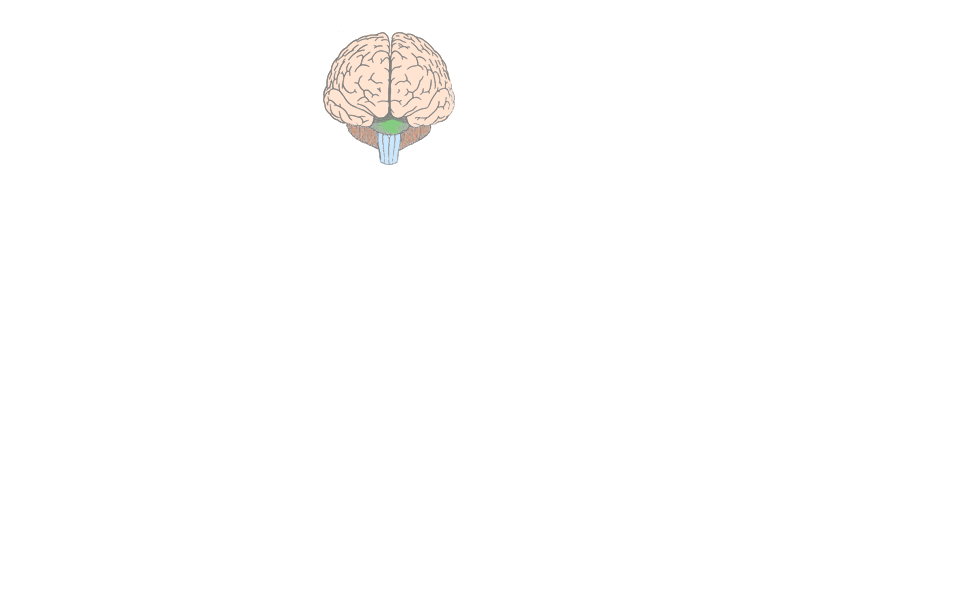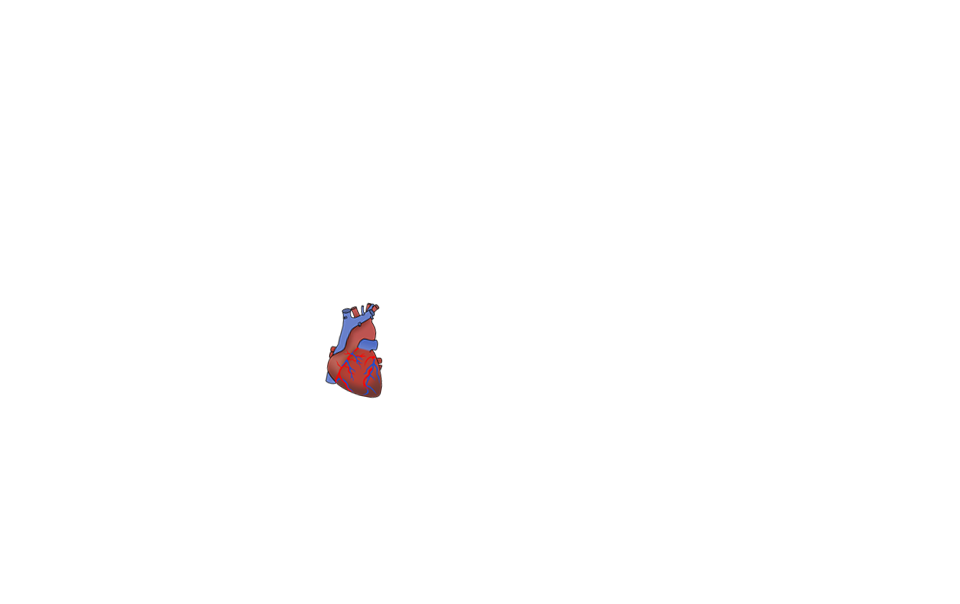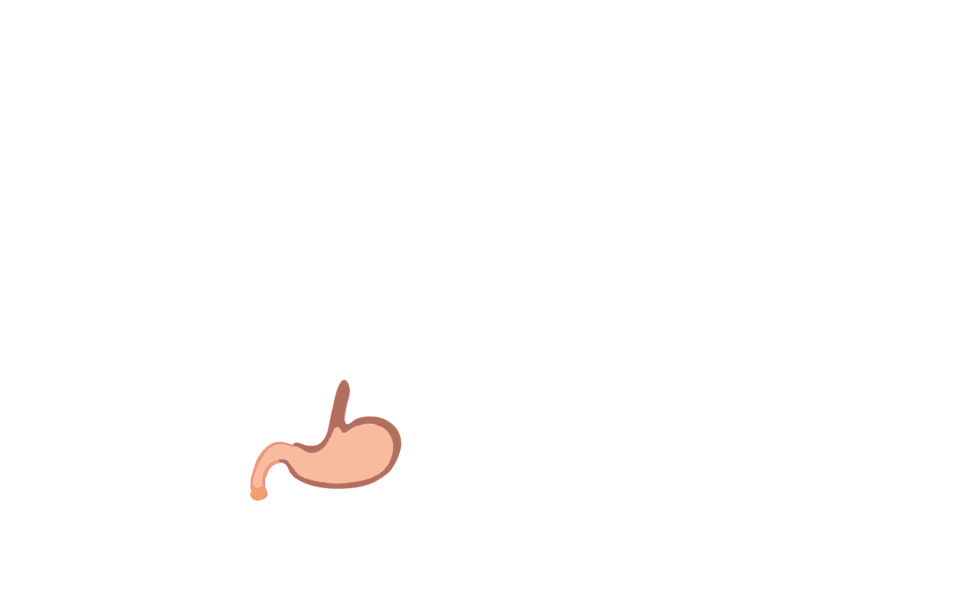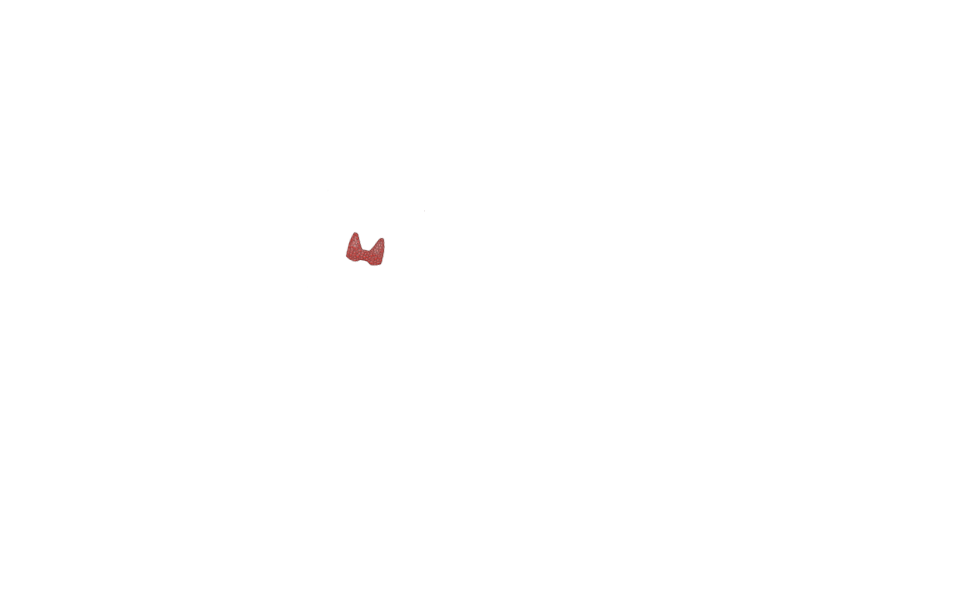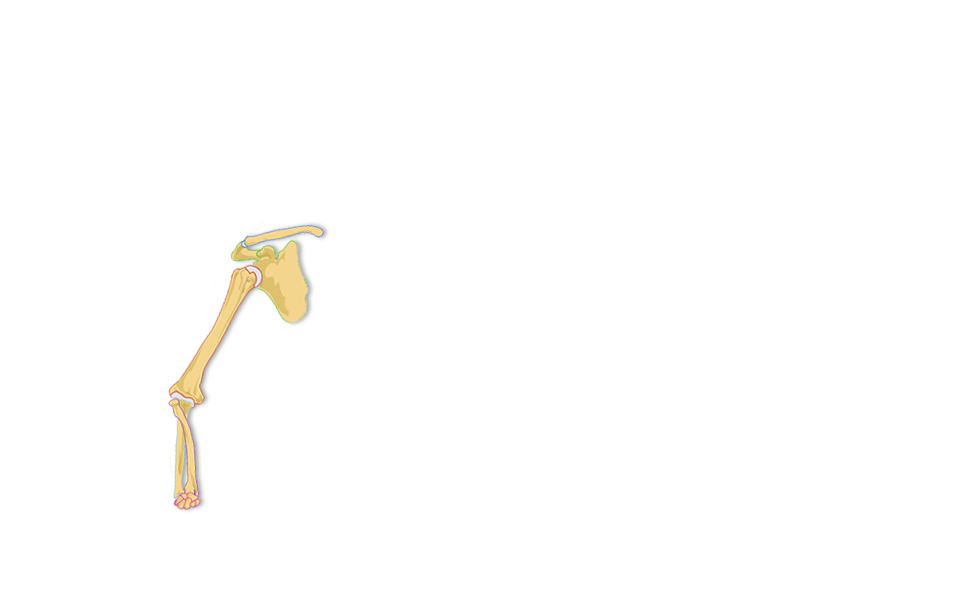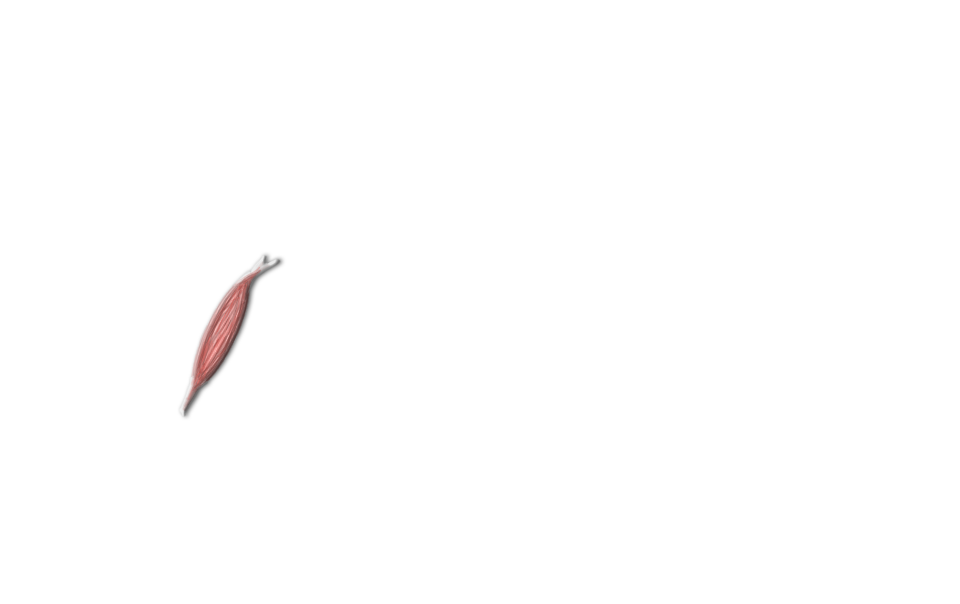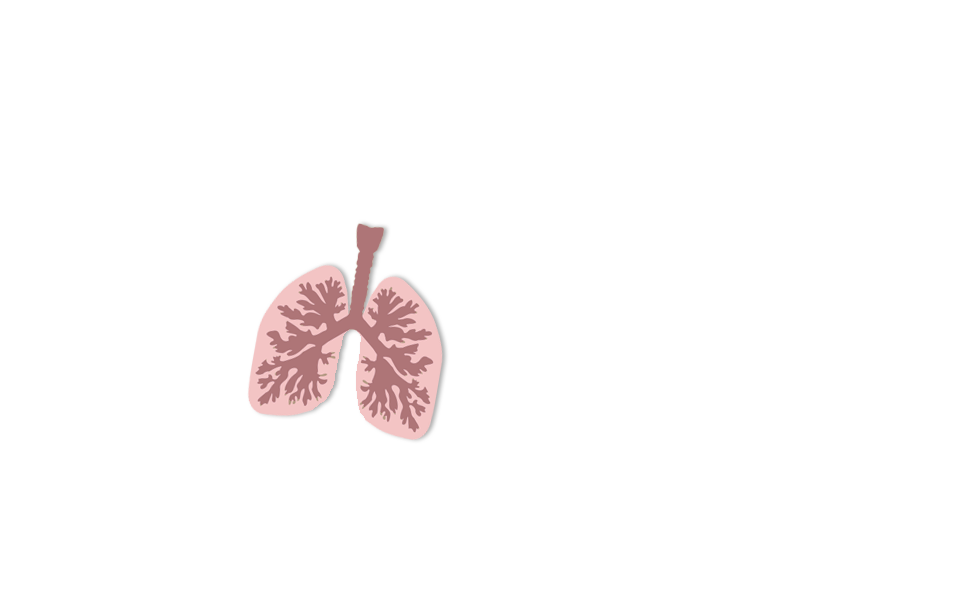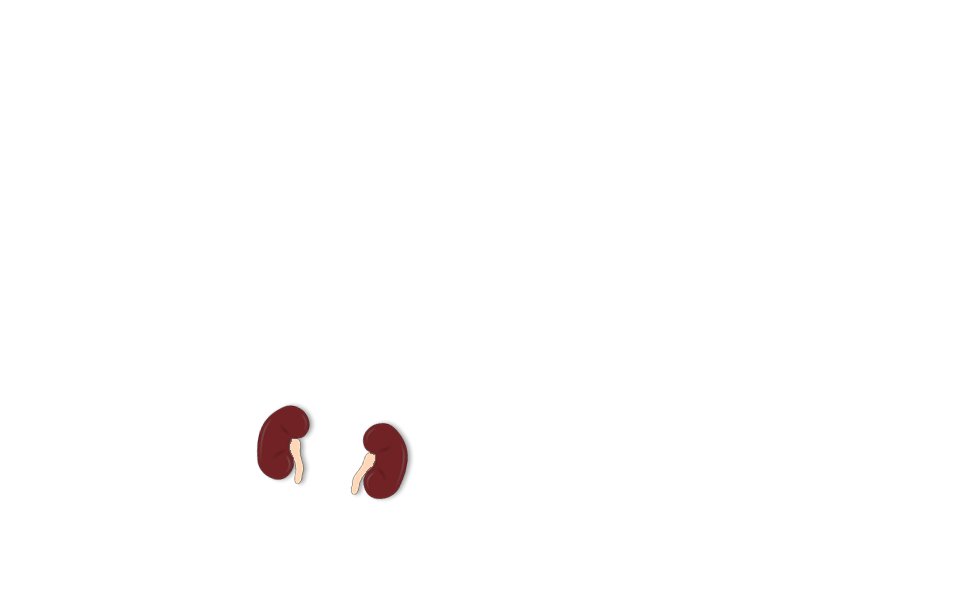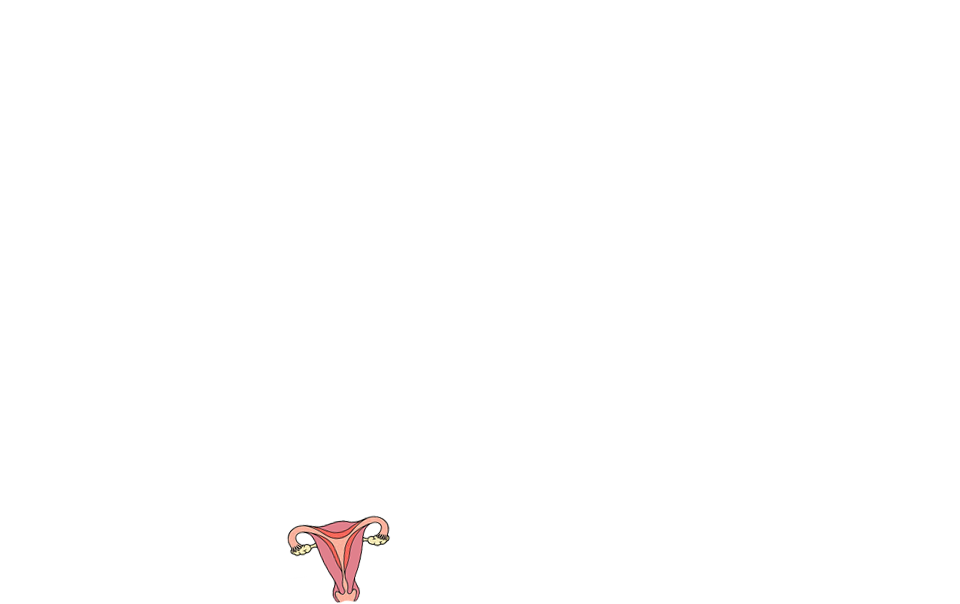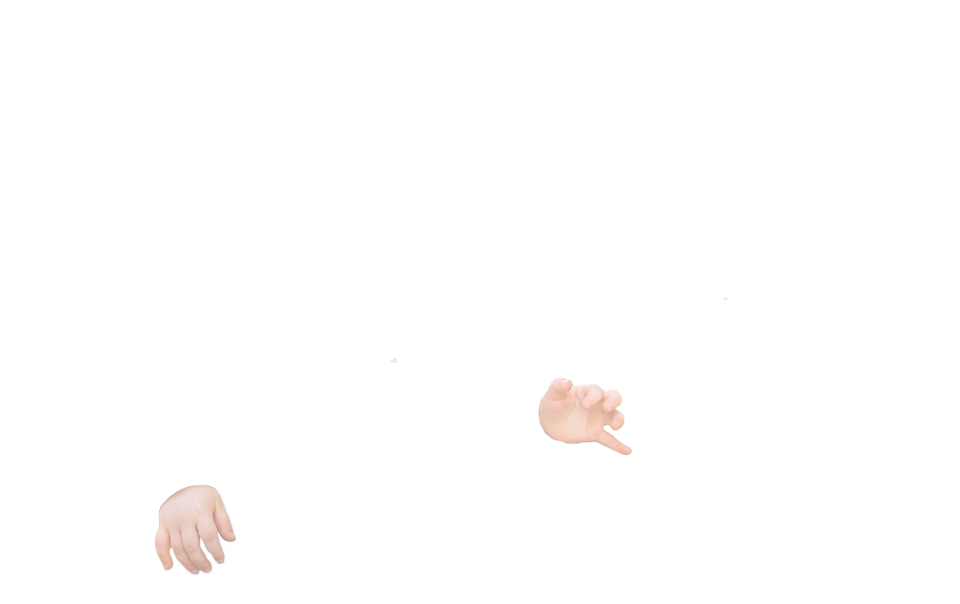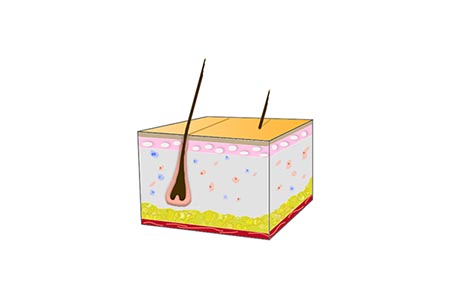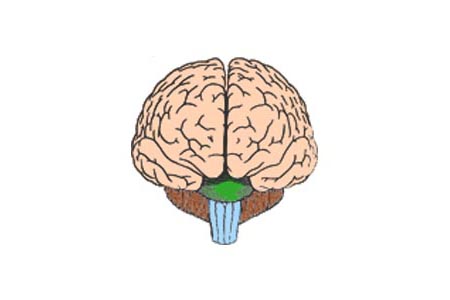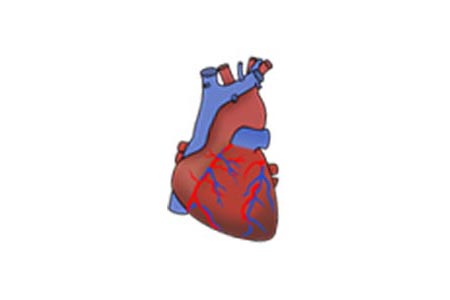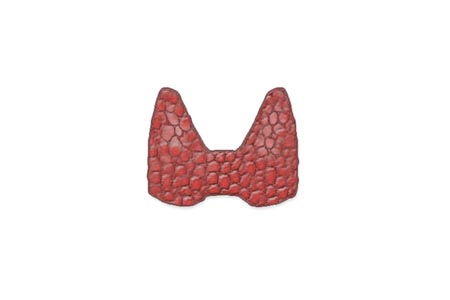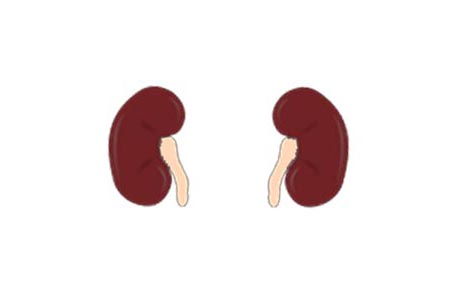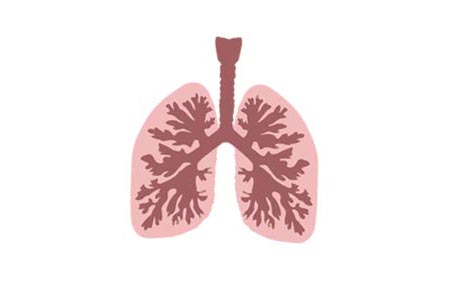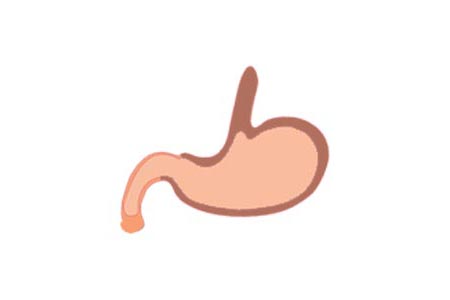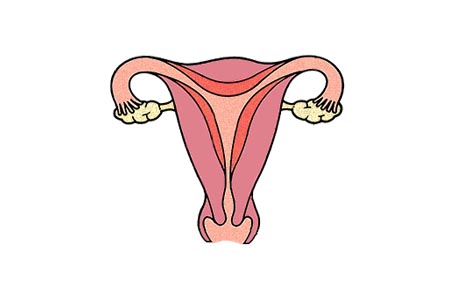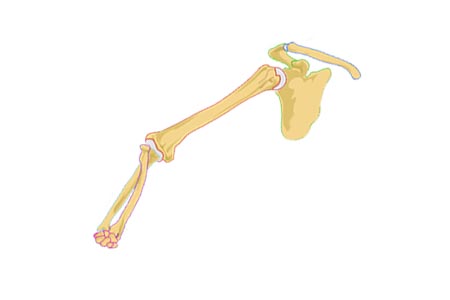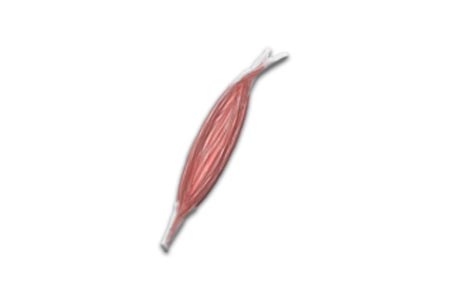Physical development
Starting with a single cell, all of the main body organs and limbs are formed by about 8 weeks of pregnancy. For the remainder of the 9 months the body matures in preparation for life in the outside world. Physically, with the exception of the reproductive system, the main organs are remarkably similar to adult organs by about 1 year after birth.
Growth is rapid and can be mapped with standard growth charts. It’s driven by a mixture of hormones and nutrition and occurs in a head to toe, trunk to limb direction. Over time the body takes on more adult-like proportions.
The hormonal changes associated with puberty begin to affect the body from about 8 years. They trigger further, well documented growth spurts and result in eventual sexual maturity. These changes also cause the final cessation of bone lengthening as the body reaches its adult size in late adolescence.
Some of the most remarkable physical changes of childhood are hidden and are occurring in the brain which constantly reorganises itself as cognitive abilities develop. The number of nerve cells grows and the connections, or synapses, between them multiply dramatically. However, connections that are not used are also lost. This is known as synaptic pruning and is vital for ordered cognitive development. The changes in brain function underlie many intellectual and emotional changes seen in the child and adolescent.
Select the image to learn more about childrens anatomy.
Nervous system - Development of the nervous system continues throughout childhood. The brain reaches its adult size in adolescence. Whilst the number of nerve cells does increase, it is the extent to which nerve connections are formed and lost that is one of the main driving forces behind intellectual development. The gradual development of myelin surrounding a nerve fibre increases the speed of nerve transmission. Some areas of the brain, such as the prefrontal cortex, responsible for planning are still maturing in late adolescence.
Cardiovascular system - The heart and blood vessels show significant reorganisation at birth to cope with the need to separate oxygenated and deoxygenated blood. The capacity and strength of the cardiovascular system increases over childhood to meet the needs of the growing body.
Digestive system - Our ability to chew, swallow and digest solid food develops over early childhood. The eruption of teeth, the increasing volume of the stomach, the development of an ability to move food along the digestive tract and an increasing ability to digest and selectively absorb different foods all mean that the child can progress from the milk feeds given to babies to solid food. The ability to control the bowel is typically achieved in the second year of life.
Respiratory system - The respiratory system is one of the later systems to become mature in the foetus. The alveoli continue to increase in number and mature during childhood. As the child grows taller, the respiratory rate decreases significantly. Babies typically breathe using their stomach muscles, pulling the diaphragm down. As the chest muscles develop, the older child learns to breathe using their ribs and chest.
Urinary system - The function of the kidneys develops significantly over the first year of life. Before this they are far less able to concentrate urine. This means that the newborn produces a large amount of dilute urine and as such requires a high fluid intake in order to maintain fluid balance. Bladder control takes time to develop, but usually commences in the second to third year of life.
Skin - During childhood the skin becomes thicker. The production of sweat and its importance in controlling temperature increases over the first 1-2 years. During puberty the amount of body hair and its distribution increases in relation to the development of secondary sexual characteristics. In adolescence the skin and hair becomes oiler and acne may develop.
Endocrine system - Changes in the production of various hormones varies over childhood. For example, the ability to produce antidiuretic hormone which controls urine production and fluid balance gradually develops in early childhood, allowing children to become continent whilst they are sleeping. Many hormones play a role in growth and development at different phases of childhood and their concentrations vary accordingly. The levels of sex steroids begin to rise from about 9 years onwards and these drive the changes associated with puberty.
Reproductive system - Puberty is one of the most significant events during childhood development. The hormones responsible for driving these changes begin to rise from about 9 years old. However, the physical effects of these changes, the maturation of the sex organs, the development of secondary sexual characteristics, the production of mature sperm or eggs and the commencement of the menstrual cycle in girls, occurs later in adolescence.
Bones - At birth the bones of the skull are unfused, and gaps known as fontanelles allow for rapid head growth. Throughout childhood, bones grow in length and size and the amount of calcium deposited within bone also increases. During puberty, the sex hormones drive a rapid growth spurt, but at the end of puberty also halt skeletal growth. Specific changes occur in areas of the body. For example, the wrist bones develop gradually through early childhood allowing increasing dexterity to develop.
Muscles - Babies are born with little control over muscle movement apart from certain innate reflexes. Over childhood, neuromuscular development and control develops in a head to toe and middle to extremities direction. Muscle mass increases during puberty, especially in boys due to the actions of the sex steroids.
